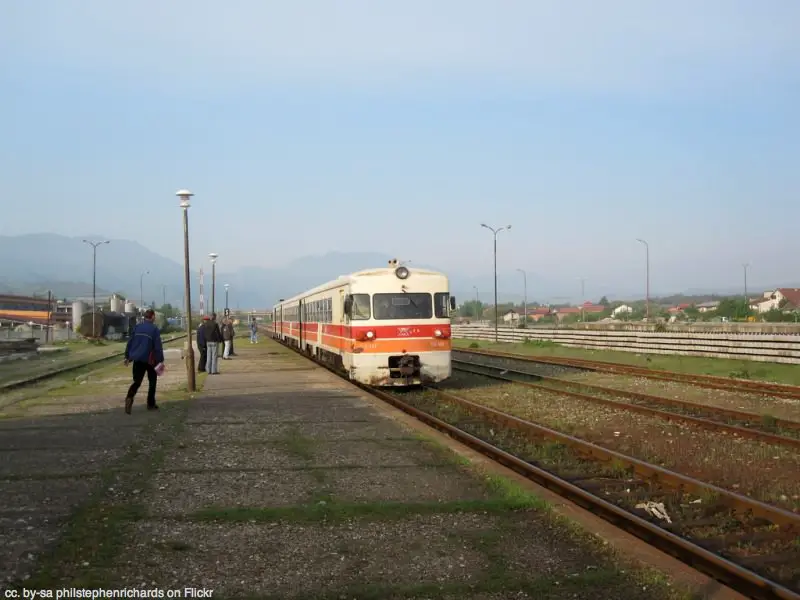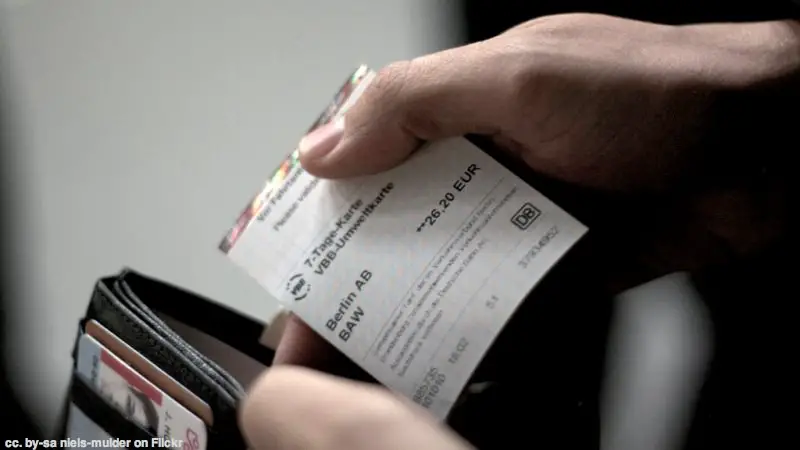Top reasons to buy point-to-point tickets instead of a Eurail pass
In Europe, the best way to travel is by train. The networks are extensive, the views are amazing, and the distances are reasonable. A Eurail pass could be the perfect option if you’re planning on using the trains a fair bit… But then again, it might not be.
Price
Eurail passes are great value if you’re under 26, but not so great if the EU thinks you’re an adult. This means that for many journeys, it’s cheaper to buy point-to-point train tickets, especially if the journey is a straightforward connection between two cities.
If you’re only travelling for a short time and your trip needs to be well-planned, you can buy tickets online in advance — and many rail companies offer very good discounts for advance booking. Check out bahn.de for travel in Germany, oebb.at for travel in Austria, and sncf.com if you’re travelling in France.

If you’re travelling within countries where train travel is relatively cheap, like Italy and the Czech Republic, a Eurail pass isn’t going to be very good value for you, especially if you’re over 26. Check out Eurail prices here, and divide the total price by the number of travel days to get a daily price. My favourite pass, 15 travel days within two months, costs €36 per day for a youth and €57 per day for an adult. In Italy, most train trips cost a lot less than those prices.
Time
If you’re short on time and need to travel a long distance, you might want to consider a budget flight to connect two points. Europe is small for a continent, but distances can still be immense. When travelling with a Eurail pass two years ago, we wanted to visit Spain and Scandinavia — which are really quite far away from each other. We could have started in one and travelled to the other, but no, we begun our trip in France. Once in Scandinavia, it would have taken us two full days to get back to Spain by train, so we decided to fly — and the flights cost less than the per-day price of our Eurail passes.
[box]You can check prices on Eurail passes and other train tickets with our partners, ACPRail.com[/box]
No trains
Sometimes, travelling by train just isn’t an option. Or if it is, it’s an ill-advised one. We recently visited Andorra, which is quite difficult to get to by train as it doesn’t have a railway at all. We managed to get most of the way there using our Eurail passes — a train dropped us at the French border town and we caught a bus run by the French train network into Andorra, followed by a local bus to Andorra la Vella. However, our next destination was Barcelona, and getting there by train would have been a full-day ordeal involving retracing our steps and catching three trains. Or, we could go by bus. Three hours, direct, €27.50.
Outside the zone

So…
I think Eurail passes are great, but they aren’t a magic solution, especially if you’re over 26 and have to pay adult prices. It’s best to use them in combination with other types of ticket, like point-to-point train tickets, bus journeys and flights. A Eurail pass can’t be beaten for flexibility, though, and it can certainly save you some cash in western Europe. I recommend you consider a pass like the Global pass that allows you ten or 15 travel days within two months, and use it on your longest, most expensive travel days. On those days, stop in interesting villages, take strange detours, and generally get the most out of the pass. Then, on other travel days, just travel — find the cheapest, most convenient way from point to point, and take it.
[box]This article is part of a series about Eurail passes. Check out the Eurail/Eurorail pass tips and tricks podcast.[/box]







Totally agree that you need to weight the pros and cons. For me, I love the pass (usually) because I don’t book anything that far in advance. Recently I was caught in Rome trying to get to Dijon without a Eurail pass and the same-day purchase price for that ticket was over 200€. Now if I actually planned things in advance…. 😉
We’re much the same way, Michael — we very rarely plan much in advance, and if we do buy more than a day or two in advance we often feel cramped as the time grows closer (or we end up burning time just to wait for the ticket to come valid).
From our experience, a Eurail pass only makes sense for complex travel (many countries in a couple of week period). We tend to focus in our travel so point-to-point is vastly more cost effective and simpler.
Yes, if you’re going from A to B, spending a week or so in B and then moving onto C the Eurail Pass doesn’t make sense. However, we’re visiting five German cities later this year, and a German Rail Pass has worked out well. (We also picked them up from ACP Rail, the same company who looked after us for Eurail Passes to trial last year).
I don’t know if its a coincidence or what but I was just reading an article that listed the benefits of buying a Rail Pass in Japan to save money while visiting Japan. And now here I am reading the complete opposite perspective.
Of course, different countries have different rates and options. Thanks for informing this.
Hi Pooja, nice to see you on Indie Travel Podcast 🙂
There are certainly times when point-to-point beats the pass, but there’s also times when the pass beats point-to-point. We wrote up some of those examples at https://indietravelpodcast.local/travel/top-reasons-to-buy-a-eurail-pass-instead-of-point-to-point-tickets/
Yeah Craig and Linda, I agree totally..
Both of you are doing a wonderful job bringing us this useful information that would help everyone travel better.